North America : Market Leader in Facial Treatments
North America is poised to maintain its leadership in the Facial Paralysis Market, holding a significant market share of $1265.0M as of 2024. The region's growth is driven by increasing awareness of facial paralysis treatments, advancements in medical technology, and supportive regulatory frameworks. The demand for innovative therapies, particularly in the U.S., is further fueled by a growing aging population and rising incidences of neurological disorders.
The competitive landscape in North America is robust, featuring key players such as AbbVie, Allergan, and Revance Therapeutics. These companies are at the forefront of developing cutting-edge treatments, including botulinum toxin products and surgical interventions. The presence of established healthcare infrastructure and investment in research and development enhances the region's attractiveness for market players, ensuring continued growth and innovation.
Europe : Emerging Market with Growth Potential
Europe is witnessing a growing interest in the Facial Paralysis Market, with a market size of $675.0M. Factors contributing to this growth include increasing healthcare expenditure, rising awareness of treatment options, and favorable regulatory policies. The European Medicines Agency (EMA) has been instrumental in streamlining the approval process for new therapies, which is expected to further boost market growth in the coming years.
Leading countries in this region include Germany, France, and the UK, where the demand for advanced treatment options is on the rise. The competitive landscape features key players like Ipsen and Galderma, who are actively involved in research and development. The presence of a well-established healthcare system and a focus on innovative therapies position Europe as a promising market for facial paralysis treatments.
Asia-Pacific : Rapidly Growing Market Dynamics
The Asia-Pacific region is emerging as a significant player in the Facial Paralysis Market, with a market size of $450.0M. The growth is driven by increasing healthcare investments, rising awareness of facial paralysis conditions, and a growing population. Countries like China and India are witnessing a surge in demand for effective treatment options, supported by government initiatives aimed at improving healthcare access and quality.
The competitive landscape in Asia-Pacific is evolving, with key players such as Medytox and Hugel leading the charge. The region's market is characterized by a mix of local and international companies, fostering innovation and competition. As healthcare infrastructure improves, the potential for market expansion remains high, making Asia-Pacific a focal point for future investments in facial paralysis treatments.
Middle East and Africa : Emerging Market with Unique Challenges
The Middle East and Africa (MEA) region is gradually developing its Facial Paralysis Market, currently valued at $135.73M. Growth drivers include increasing healthcare awareness, rising disposable incomes, and a focus on improving healthcare infrastructure. However, challenges such as regulatory hurdles and limited access to advanced treatments persist, impacting market growth. Governments are increasingly recognizing the need for better healthcare solutions, which may catalyze future growth.
Countries like South Africa and the UAE are leading the way in adopting new treatment modalities. The competitive landscape is characterized by a mix of local and international players, with companies like Sientra making strides in the market. As healthcare systems evolve, the MEA region presents opportunities for growth, albeit with unique challenges that need to be addressed.
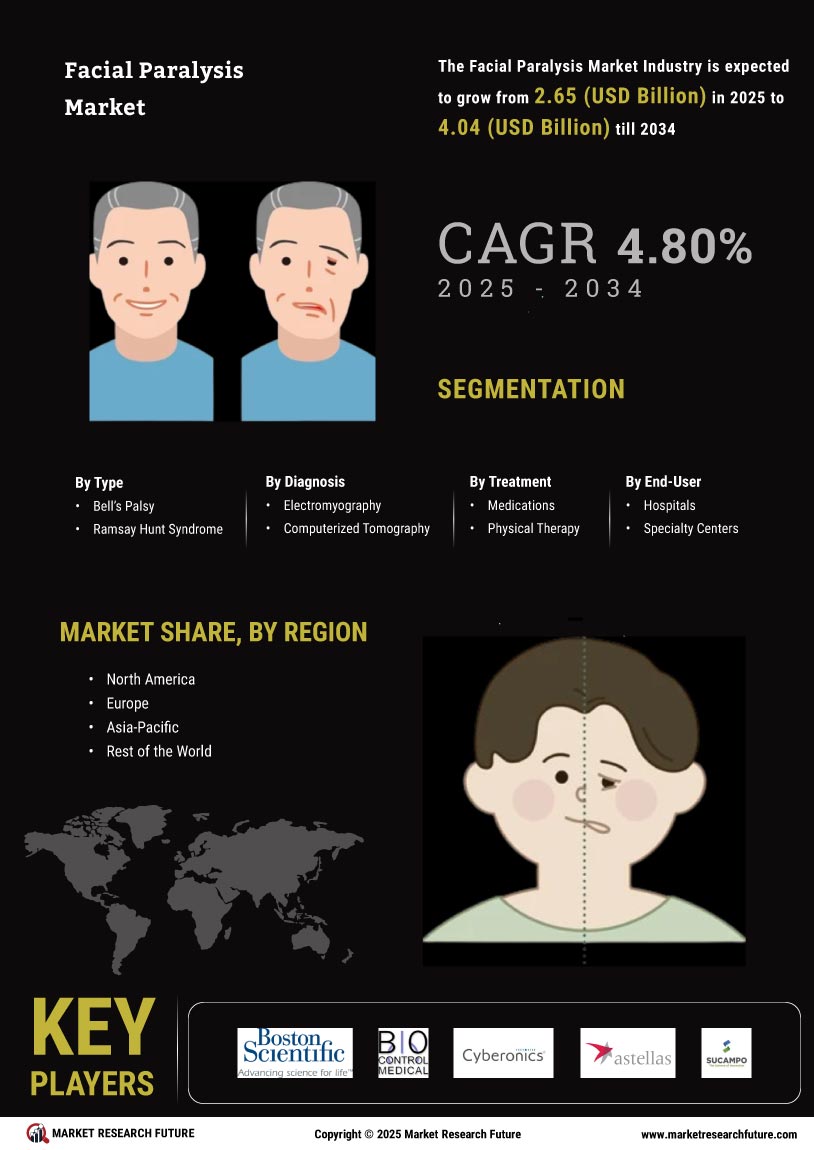

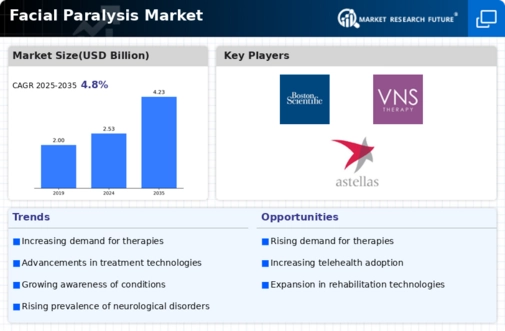
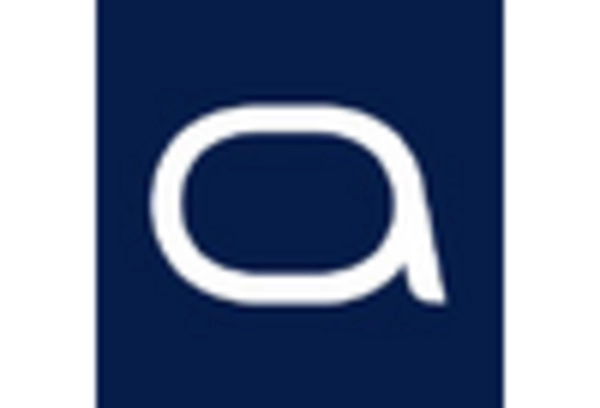
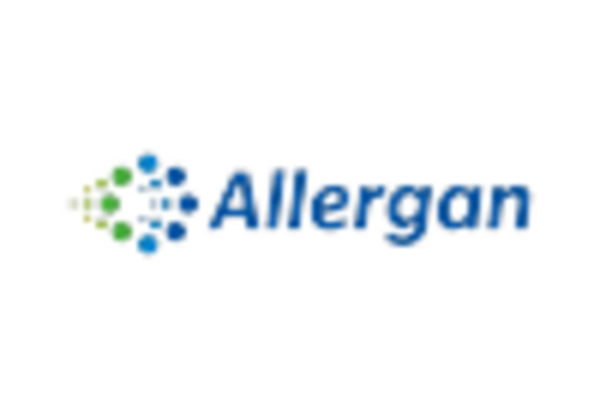
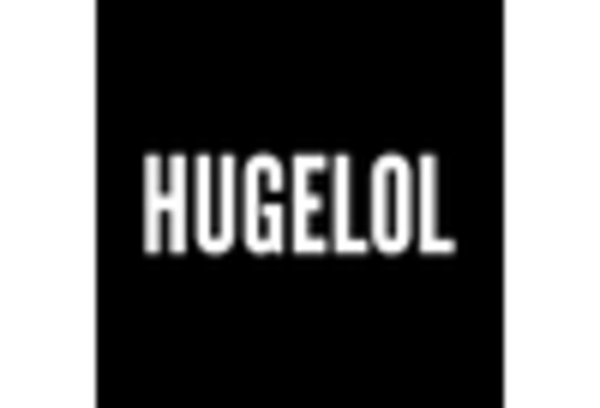
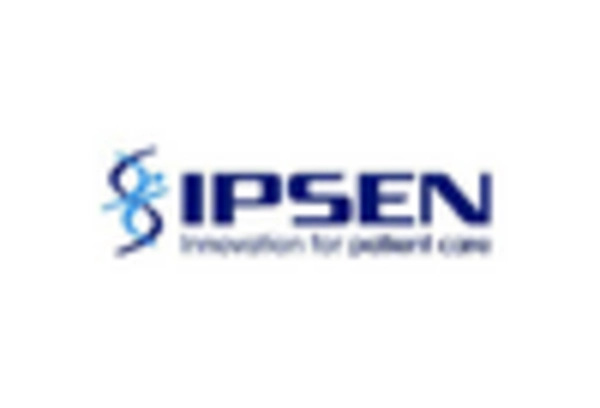
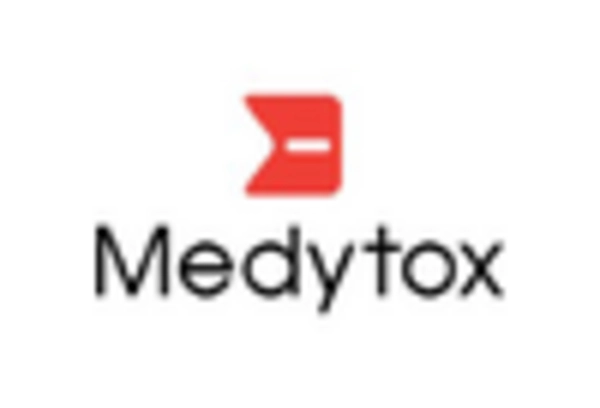
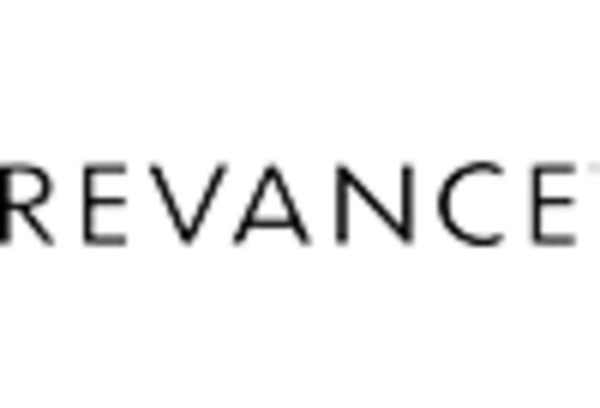








Leave a Comment